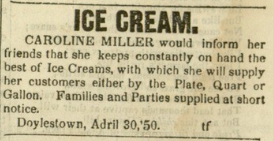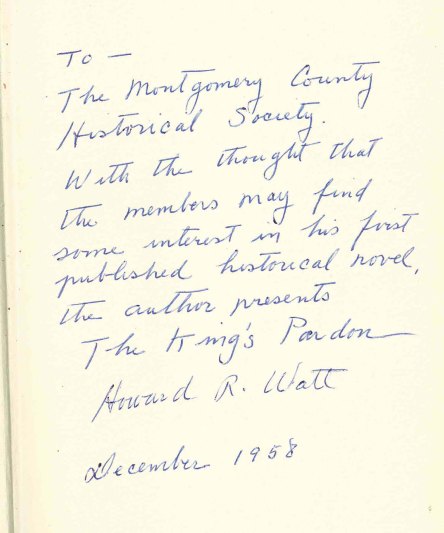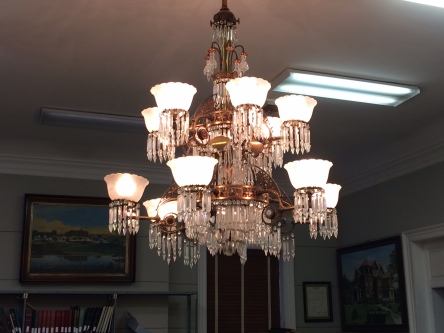If you know Montgomery County, then you probably know the Times-Herald or the Pottstown Mercury, but do you know The Olive Branch?

The Olive Branch was a weekly newspaper published in Norristown and Doylestown from 1842 until 1859. The Historical Society of Montgomery County has three years of The Olive Branch, 1850-1852. The paper did not affiliate with a political party, but supported several contemporaneous political movements, including the very new women’s rights movement.

It can’t be denied that The Olive Branch was a preachy newspaper. Here is another article on women’s rights that holds women to a high standard of “innocence and purity” while declaring those who fail to meet this standard “unfit to live in civilized society.”

In the decade leading up to the American Civil War, the paper was also anti-slavery. Here is a little bit of a letter to the editor attacking the Fugitive Slave Act:

And this one is an attack on the use of tobacco that has a familiar ring to it:

But the real focus of the newspaper was the temperance movement, the crusade that would culminate with complete prohibition on alcohol in the 1920’s.

The paper didn’t only announce and report of meetings of various temperance groups, it also published many temperance poems and even serialized novels that illustrated the dangers of “demon rum.”

The temperance articles in the paper focus on liquor and drunkenness, not a complete ban on all alcohol.

Our three years of The Olive Branch have been digitized by Villanova University’s Falvey Library, and you can see them online as part of their digital library. Take a look at a few issues, and don’t skip the advertisements.















